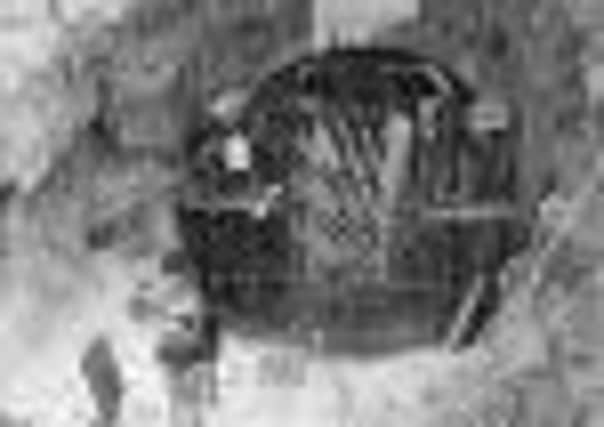Forth Road Bridge won’t need expensive repairs


It is understood that the concrete plugs which anchor the cable underground were not found to have significant corrosion – unlike cable sections elsewhere on the bridge.
The findings, which are due to be reported to the bridge authority next month, would prevent a further major headache for officials, who last week revealed corrosion of the main part of the cable had been slowed by blowing dry air through it, or “de-humidification”.
Advertisement
Hide AdAdvertisement
Hide AdA former convener of the Forth Estuary Transport Authority (Feta), which runs the bridge, said serious corrosion of the anchorages would have required the cable to be replaced.
Lawrence Marshall, who now chairs the ForthRight Alliance, which opposes the building of the Forth Replacement Crossing, described the apparently positive inspection findings as “exceptionally good news”.
He said: “I was always fairly confident that de-humidification would work in slowing down – almost to a halt – corrosion in the main cables. But the anchorages were a ‘known unknown’ that would have required re-cabling if found to have become sufficiently corroded.
“This further good news regarding the cable anchorages confirms our view that the new bridge was indeed commissioned by the Scottish Government with undue haste.”
A source connected with the bridge said: “I have been told the anchorages are sound, which is very encouraging. That is much more reassuring than even the rest of the cable corrosion being brought under control because corrosion of the anchorages would be an extremely difficult thing to rectify.”
Bridgemaster and chief engineer Barry Colford yesterday declined to comment on the inspection findings because they had yet to be passed to the Feta board. However, he told The Scotsman a year ago that serious corrosion was not expected because no movements in the exposed part of the wire strands which comprise the cable had been detected.
Despite this, uncertainty has remained over this last part of the cable to be checked because the concrete-filled tunnels which stretch 175 ft underground have lain untouched since the bridge was completed nearly 50 years ago.
In addition, the anchorages on the south side of the bridge flooded following an explosion caused by methane gas during construction, which severely burned five workers.
Advertisement
Hide AdAdvertisement
Hide AdHydrogen gas was given off, which engineers said could be a sign of the zinc coating of the wire strands, which reinforce the concrete corroding.
The £3.5 million inspection contract – awarded in 2011 – has involved excavating 25 ft of soil and concrete to uncover the anchorages, with water cannons 750 times as powerful as a garden hose being used to reach the steel ducts housing the wire.
The Scottish Government’s Transport Scotland agency has said the success of the de-humidification process did not remove the need for a replacement crossing.